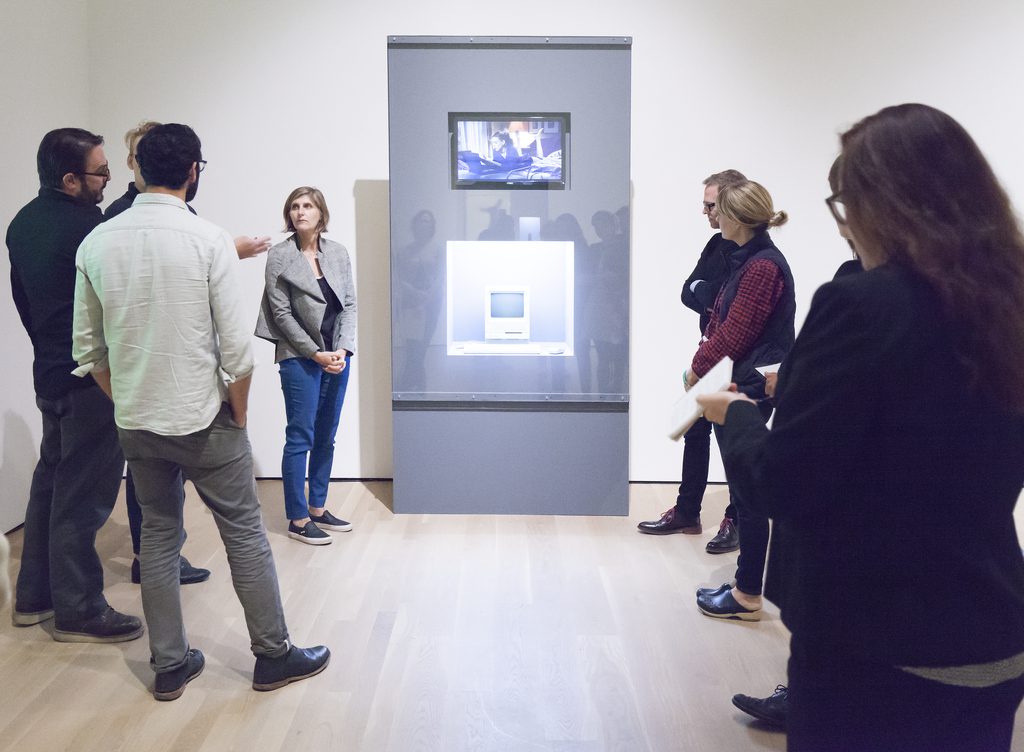SFMOMA’s proximity to Silicon Valley and historic commitment to collecting and exhibiting Bay Area design offer considerable impetus for a thoughtful assessment of our collection and an investigation into the future of contemporary digital design in the museum and beyond. Dramatic changes in how designers create and manufacture contemporary works, along with new modes of user interaction with design objects, have redefined how museums collect, display, and conserve design in the 21st century. Software tools, digital and robotic printers, and interactive user interfaces have become paramount in the evolution of contemporary design. Through a grant from the Andrew W. Mellon Foundation for the Artist Initiative, SFMOMA conducted new research with leading Bay Area designers, whose practice span pre-digital to today. We visited studios and interviewed designers, whose works are held in the museum’s collection. Participating designers included Yves Béhar, Susan Kare, David Kelley, and Isabelle Olsson.
Digital design works raise novel and important questions concerning how museums can respond creatively, nimbly, and conscientiously to design’s significant transformation. Over a four-year period the Artist Initiative allowed SFMOMA to research and test the display and collection of software-integrated design, examining works from the birth of personal computing in the 1970s and ‘80s through recent design developments related to big data, responsive technologies, the internet of things, and robotics and automation. Gathering a team of curators, conservators, media experts, and exhibition designers, we began by identifying concerns that arise when dealing with digital technology and media in the museum realm, including its rapid evolution, limitations of traditional exhibition formats, and expanded opportunities for visitor engagement. We held interdisciplinary workshops at SFMOMA’s Collection Center to assess key works and display proposals for software-integrated products, which informed new strategies for the collection and display of digital design in two exhibitions, Typeface to Interface (2015) and Designed in California (2018).

For each exhibition, we undertook comprehensive visitor surveys and analysis of responses. Insights from the research process, the surveys, and Bay Area designer discussions have contributed to the development of an internal bi-monthly review of architecture and design digital-born works with a breadth of museum colleagues from which we continue to hone new approaches to collecting, preserving, and displaying contemporary design.